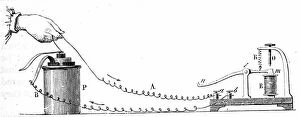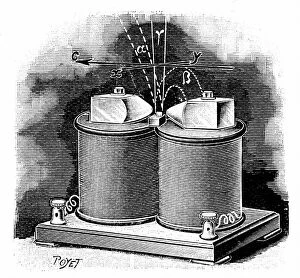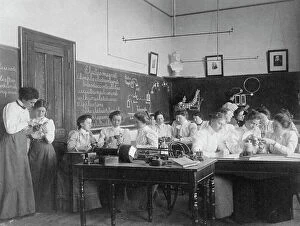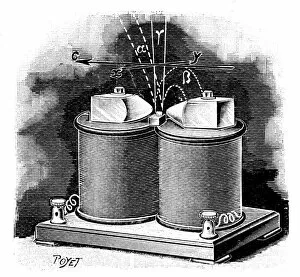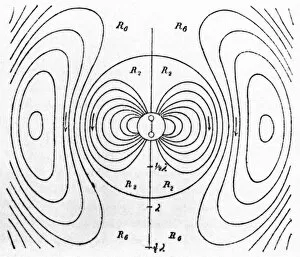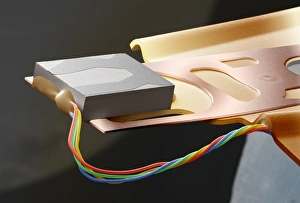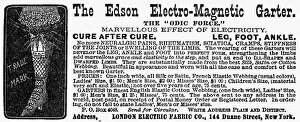Electromagnet Collection
The electromagnet, a revolutionary invention in the world of science and technology, has played a pivotal role in various fields throughout history
All Professionally Made to Order for Quick Shipping
The electromagnet, a revolutionary invention in the world of science and technology, has played a pivotal role in various fields throughout history. From its early applications such as the Five-Needle Telegraph Instrument to its modern-day use in crushing scrap metal with a Cracker Ball, this powerful device has continuously amazed us. In 1964, at the Park Gate Iron & Steel Co in Rotherham, South Yorkshire, an electromagnet was seen hovering above steel ingots. Its magnetic force captivatingly showcased its ability to manipulate objects effortlessly. During the mid-19th century, magnetism became a subject of great interest. Artists like Poyet depicted mesmerizing experiments involving radium and electromagnets. These illustrations captured the enchanting allure of scientific exploration during that time. One notable figure who extensively utilized electromagnets was Thomas Edison. The American inventor's brilliance shone through his inventions that harnessed this incredible force. His contributions forever changed our lives and paved the way for countless innovations. Another influential scientist who delved into electromagnetic phenomena was Michael Faraday. Through his lectures on electricity and groundbreaking experiments with cathode rays, he unraveled their properties - determining their mass and electric charge by observing their interaction with magnetic fields. Heinrich Hertz further expanded our understanding of electromagnetism through his investigations into electric force propagation. In 1892, he published diagrams depicting electromagnetic waves formed around his oscillator when sparks appeared between two metal balls - revealing yet another astonishing aspect of this phenomenon. Moreover, alpha, beta, and gamma rays emitted from radioactive substances were observed traveling distinct paths when placed between poles of an electromagnet. This discovery shed light on radiation's behavior under magnetic influence - opening doors to advancements in nuclear physics and medicine. From telegraph apparatuses developed by Joseph Henry to cutting-edge technologies used today like lifting cars with an electromagnet; these captivating glimpses into history highlight how this extraordinary invention continues to shape our world.

